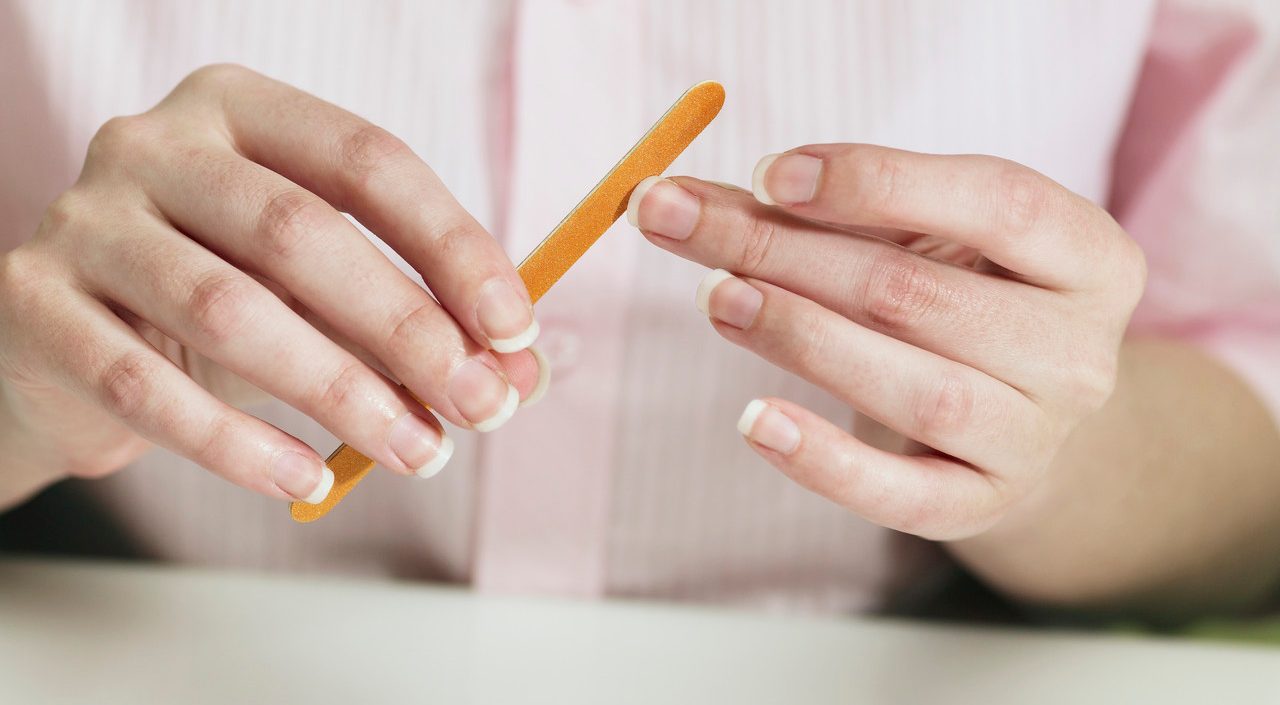Why Your Nails Could Signal Health Problems

It's true that your nails could signal health problems in other parts of your body, from vitamin deficiencies to liver or heart disease. Learn more.
Why your nails could signal health problems
Your nails require oxygen and various nutrients to flourish, and they can also suffer from infections. They reflect the state of your body.
Your nails — on your fingers or your toes — should be smooth and pink.
Common nail problems
Odd nail surface. If you see ripples or pits, you may be seeing the first signs of psoriasis, eczema, or inflammatory arthritis.
An iron deficiency — also called anemia — could show up as vertical ridges in your nails. They might look concave or spoon shaped. Another kind of deficiency, of calcium, zinc, or vitamin A, might be the problem.
YOU MIGHT ALSO LIKE: Our Skin and Nail Care section
Splits and cracks. A fungal infection can make your nails split or crack. But there are other reasons for cracks, including an underactive thyroid gland.
Rounded nails. If your nails become round and the tips of your fingers swell, you may have a lung disease, inflammatory bowel disease, or a heart or live problem.
Odd colors. Your nails should be pink. White, yellow, or blue nails are signs of a problem.
Whitish fingernails might mean hepatitis, anemia, or heart disease.
Yellow nails are most likely caused by a fungus. If your nails continue to be yellow even when you treat them with an anti-fungal (available over the counter), the underlying cause may be a thyroid condition, psoriasis, diabetes, or, in rare cases, skin cancer. A condition called yellow nail syndrome includes respiratory or lymphatic issues.
If your nails have a bluish tint, your body may be short of oxygen. You may have emphysema or a heart problem.
When you have inflammatory arthritis, the skin under the nail may turn reddish brown.
Black nails and dark lines beneath the nail. You may have injured your nail. But you should see a doctor quickly since dark lines can also be a sign of melanoma, the most dangerous skin cancer.
Puffy skin. If you see puffy skin around a nail bed, plus redness and swelling, you may have an infection with paronychia. But you could also have lupus or another connective tissue disorder.
Compulsive nail biting. Many people bite their nails. But you should stop because you’re transferring bacteria from your nails to your mouth. If you are biting your nails to the quick so they hurt, your anxiety may be out of control. You may have a slight bit of obsessive compulsive disorder (OCD). Putting on nail polish should discourage nail biting. But it’s worth talking to your doctor if your anxiety or OCD tendencies are affecting your health.
Chipped off nail polish. Picking off nail polish removes the top layer of your nail. Instead, use nail polish remover. Using an acetone-based nail polish remover regularly, however, is hard on your nails, so don’t overdo it. Also stay away from acrylic or gel nail polish because you’ll have to soak your nails in acetone to remove the polish.
Toenail fungus. Many yeasts and molds can affect toenails. You are more susceptible if you have diabetes or a suppressed immune system.
You should see a doctor about any lasting change to the condition of your nails. The earlier you know about an underlying problem, the sooner you can take steps to fix it.
YOU MIGHT ALSO LIKE: What Is Nail Polish Made of? Is Nail Polish Toxic?
Updated:
July 11, 2023
Reviewed By:
Janet O’Dell, RN